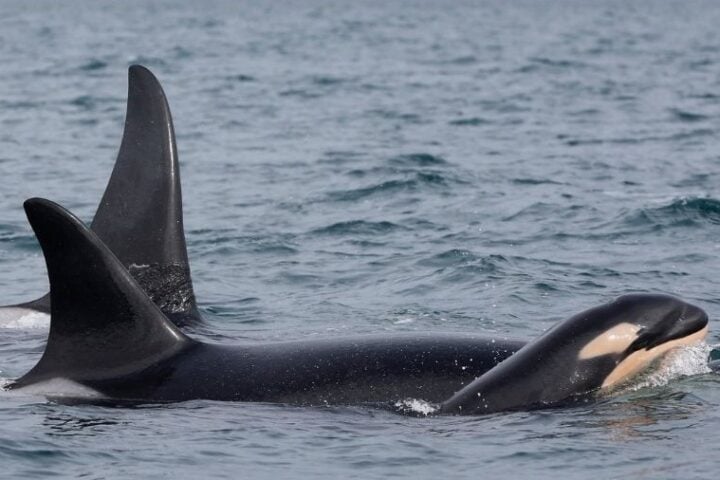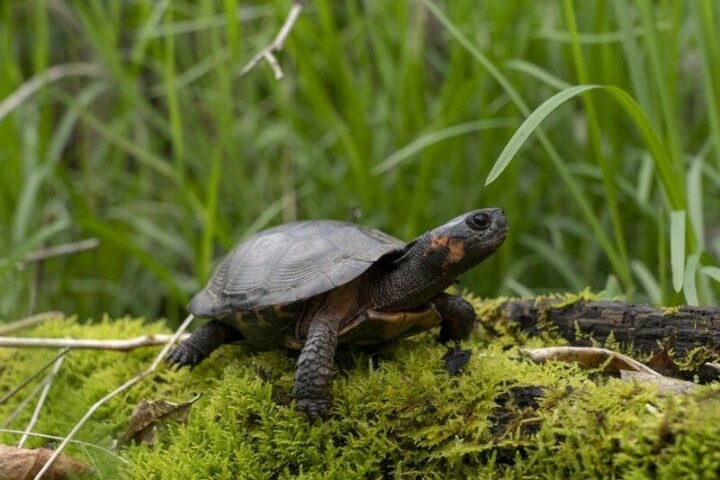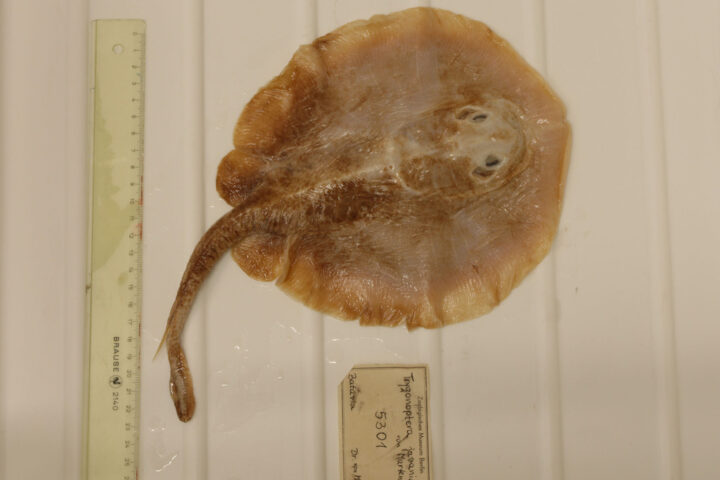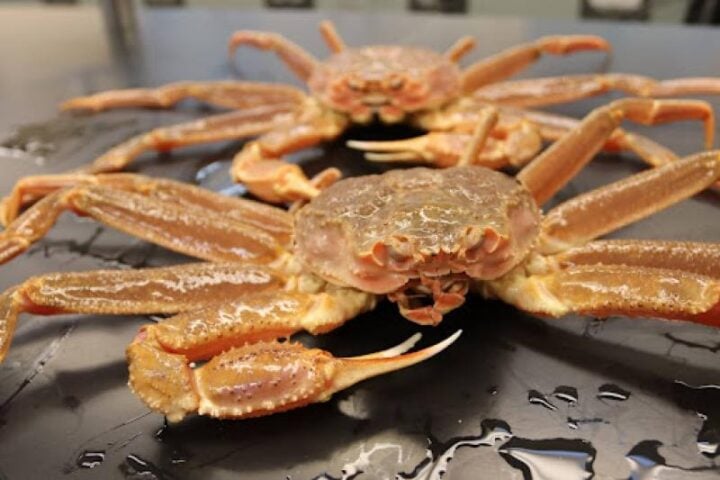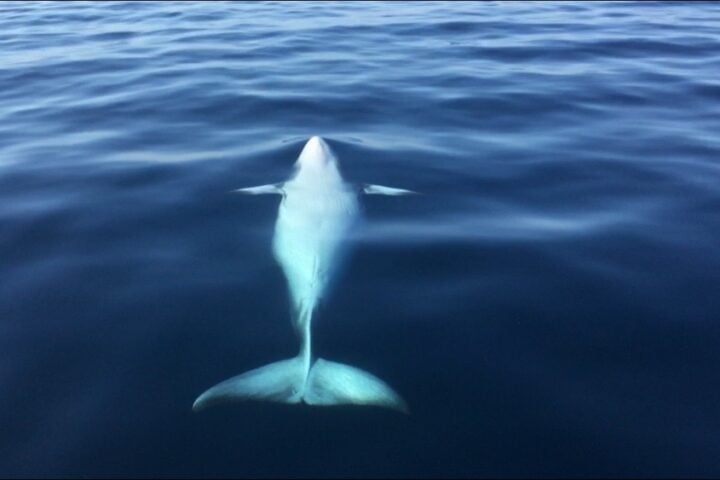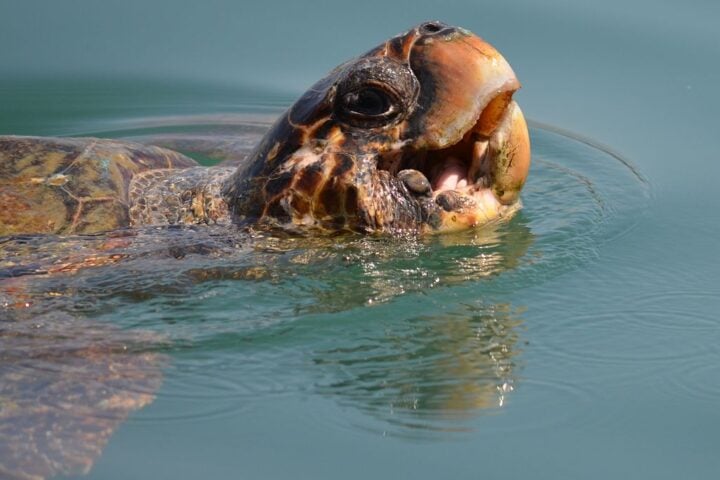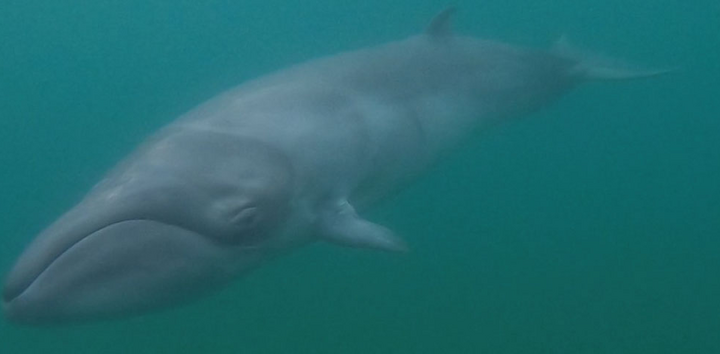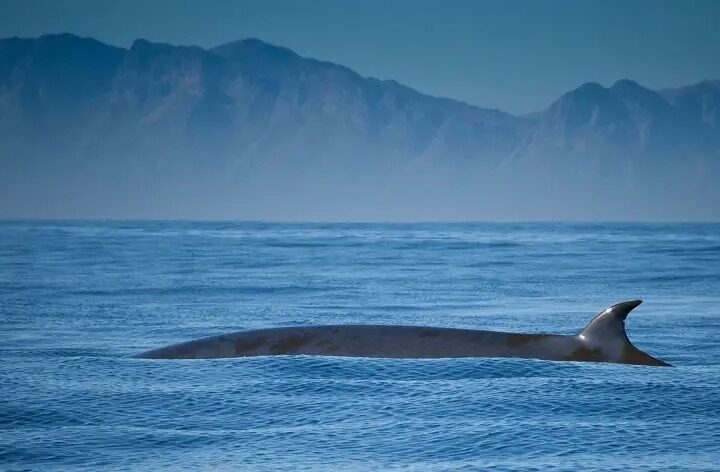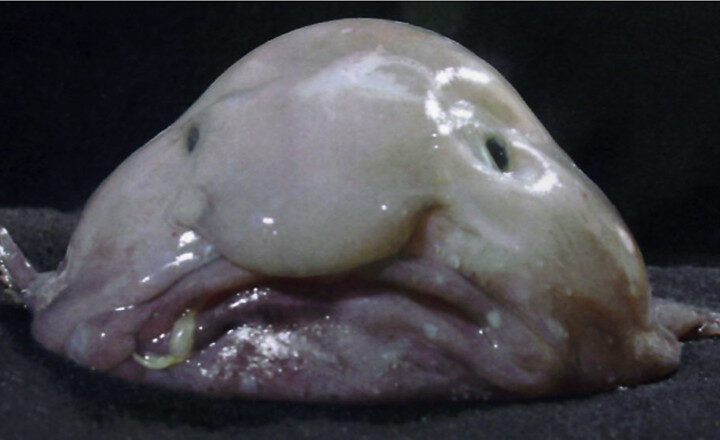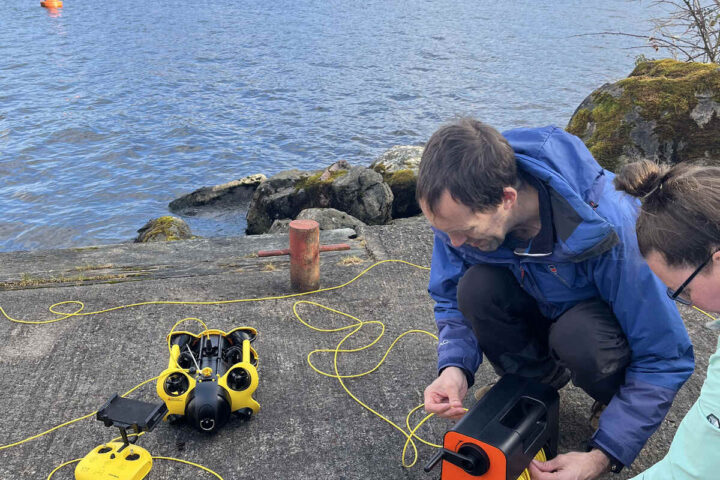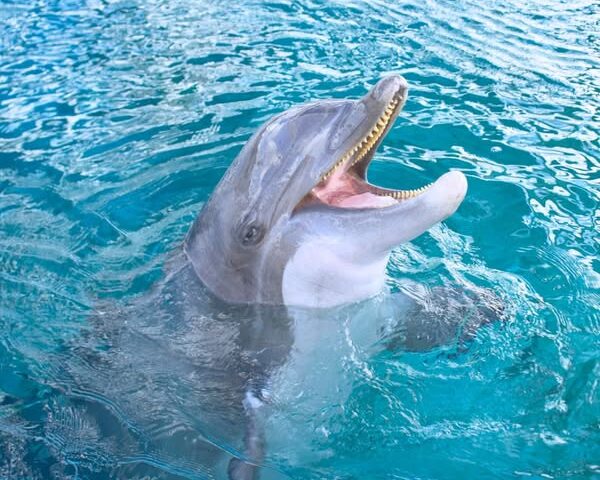In the heart of Amazonas state, the waters of Lake Tefé tell a story of environmental crisis. The lake’s water levels plummeted to 4.5 meters (14.9 feet) in October 2024 – a staggering 13.5 meters (44 feet) below its June measurements. The remaining waters have reached scorching temperatures of 40.3°C (104.5°F), creating an environmental emergency for the region’s aquatic life.
“I’ve lived on this floating home for 40 years, and this is the worst drought I’ve ever seen,” says Carlos Magno, a boat mechanic residing on Lake Tefé. “You can see that the water dropped well below the 2023 levels. That’s a scary scenario to watch. And it gets even scarier because of the news that this is going to get worse every year.”
A Deepening Crisis
The drought’s severity extends beyond Lake Tefé. Data from the Integrated Drought Index shows 69% of Amazon municipalities experiencing more intense drought conditions than in 2023 – a 56% increase in severity. All 62 municipalities in Amazonas state are under emergency status, with 850,000 people affected by lower water levels.
Ayan Fleischmann, senior researcher at the Mamirauá Institute’s Research Group on Geosciences and Environmental Dynamics in the Amazon, notes: “In recent decades, we have observed extreme hydrological events intensifying, with record floods and droughts year after year.”
The Impact on River Wildlife
While 2023 saw 209 pink and grey river dolphins perish in Lake Tefé due to overheating, 2024 presents different challenges. This year, ICMBio recorded 14 animal deaths – eight pink dolphins, four tucuxis, and two manatees – all showing signs of human interaction through fishing, hunting, or boat collisions.
In nearby Coari, Sea Shepherd documented 37 carcasses: 22 tucuxis, five pink dolphins, two unidentified dolphins, four manatees, and four manatee parts. “We found the animals with marks of fishing nets and stab wounds,” reports Nathalie Gil, Sea Shepherd executive director.
Human-Wildlife Conflict
Local fisherman Edinei de Lima Ferreira expresses frustration with the dolphins: “The dolphin rips the net, and we lose all the fish. We work so hard to mend the net and put it in the river, and then that animal comes and rips everything.”
Conservation efforts are exploring solutions. WWF-Brazil’s tests with sound devices showed initial promise, reducing gillnet damage by 40% and tripling fish catches. However, Karen Lucchini from the Aquatic Mammals Center explains: “We face resistance from fishers, who fear that their catches will decrease with the use of these devices. Furthermore, their cost is high, and adapting these technologies in an accessible way is still difficult.”
Similar Posts
Conservation Response
The Mamirauá Institute estimates Lake Tefé houses approximately 900 pink dolphins and 500 tucuxis. With only a 5% annual replacement rate, the loss of over 200 animals in 2023 dealt a severe blow to these populations. Both species of pink dolphins and tucuxis are listed as “endangered” by the International Union for Conservation of Nature.
Organizations have intensified their response. “We were prepared for a new emergency, with more intense monitoring, team training and acquisition of specific equipment,” states Miriam Marmontel, leader of the Mamirauá Institute’s Amazonian Aquatic Mammals Research Group.
Climate Change Impact
The Geological Survey of Brazil warns conditions could worsen by December. WWF-Brazil and MapBiomas monitoring of 23 Amazon Basin lakes reveals sustained higher temperatures since August, with 12 lakes exceeding 2023 temperatures for 5-9 months.
The crisis extends beyond immediate environmental concerns. For residents like Magno, who has lost two months of work due to non-navigable waters, the drought threatens livelihoods and traditional ways of life.As the Amazon faces these unprecedented challenges, the condition of its river dolphins and aquatic ecosystems continues to warrant careful monitoring and protection.




